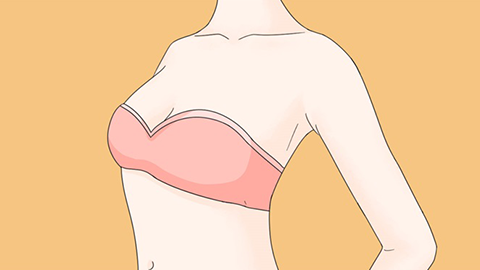What does it mean if white fluid can be squeezed out from the breast?
In general, the discharge of white fluid from the breasts may be caused by physiological lactation, medication effects, mastopathy, mammary duct ectasia, pituitary microadenoma, and other reasons. If discomfort occurs, it is recommended to seek timely medical evaluation and treatment at a正规 hospital. Specific causes are analyzed as follows:
1. Physiological Lactation
After childbirth or weaning, prolactin levels may not have fully returned to normal, continuing to stimulate the mammary glands to secrete milk. This can occasionally occur within one year after stopping breastfeeding. Usually no treatment is required—simply avoid frequent nipple stimulation.
2. Medication Effects
Long-term use of antipsychotics, prokinetic drugs, or oral contraceptives may disrupt hormone levels and lead to lactation. Medications should be adjusted under a doctor’s guidance, and alternative drugs may be needed when necessary.

3. Mastopathy (Benign Breast Disease)
Hormonal imbalances can cause excessive proliferation of breast tissue, possibly accompanied by nipple discharge. Traditional Chinese medicines such as Ruxiaoxiao tablets, Xiaoyao pills, or Hongjin Xiaojie capsules may be taken orally to regulate hormones, with regular follow-up breast ultrasounds.
4. Mammary Duct Ectasia
Accumulation of secretions in the mammary ducts may trigger inflammation, presenting as unilateral nipple discharge along with local redness and swelling. Under medical guidance, antibiotics such as amoxicillin-clavulanate potassium or cefuroxime axetil tablets may be prescribed for infection control. In severe cases, surgical removal of the affected duct may be required.
5. Pituitary Microadenoma
A pituitary tumor that abnormally secretes prolactin can cause persistent lactation outside of pregnancy or breastfeeding, often accompanied by menstrual irregularities. After diagnosis, medications such as bromocriptine mesylate tablets or cabergoline tablets should be taken as directed to control tumor growth. If drug therapy fails, transsphenoidal surgery to remove the pituitary tumor may be performed.
In daily life, avoid manually squeezing the nipples and wear loose-fitting underwear to reduce friction. If nipple discharge persists for more than one month or is accompanied by bloody secretions, prompt medical evaluation is essential to identify the underlying cause.









